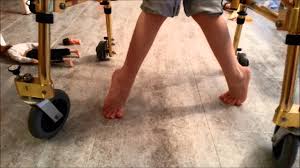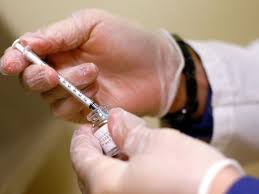BOTULINUM TOXIN (BOTOX) INJECTION FOR SPASTICITY

Spasticity is a condition involving overactive muscle contractions. It can be described as hyperactivity of reflexes that normally protect against sudden stretching of a muscle. This condition can interfere with mobility and performance of activities of daily living. Over time, spasticity may lead to contractures, which involve loss of range of joint motion.

Disorders that may cause spasticity include stroke, brain injury, spinal cord injury, multiple sclerosis, cerebral palsy, brain or spinal cord tumors, and other disorders of the central nervous system. The treatment of spacticity includes physical , pharmacological amd surgical procedures. Each one has its own merits but also disadvantages. In recent years , injection of botulinum toxin becomes one of the most important methods to treat spasticity. Botulinum toxin type A (Botox) is a neurotoxin produce by the bacterium Clostridium botulinum, first reported by
Dr J. Kerner (1786-1862). The effects of botulinum toxin have been known since the early 1900s, but the toxin was used medically for the first time by Dr Alan B. Scott on monkey in 1973 and than was used to treat strabismus. Recently it was approved for treatment of dystonia, spasticity and other neurological conditions.

Botox therapy is used to treat patients with spasticity that restricts function or causes pain. Botox is a nerve impulse ''blocker.'' It attaches to nerve endings and prevents the release of chemical transmitters, which activate muscles. These chemicals carry the ''message'' from the brain that tells a muscle to contract. If the message is blocked, the muscle doesn't spasm.
In our clinic, small amounts of Botox are injected into several locations along the muscle group determined by the EMG test. This helps maximize the benefits of the medicine and to reduce the amount of BOTOX injected. .The maximum dose of BOTOX is less than 500 units per visit. Botox is given by injection directly into the affected muscles.
However, nerve endings usually grow new connections to muscles that have not yet been exposed to Botox. So, treatment may be repeated as often as every three months. Botox usually takes full effect within two to four weeks after injection. Patients should resume physical activity slowly and carefully after Botox injection. The most common side effects include discoloration, redness, pain, or discomfort at the injection site.